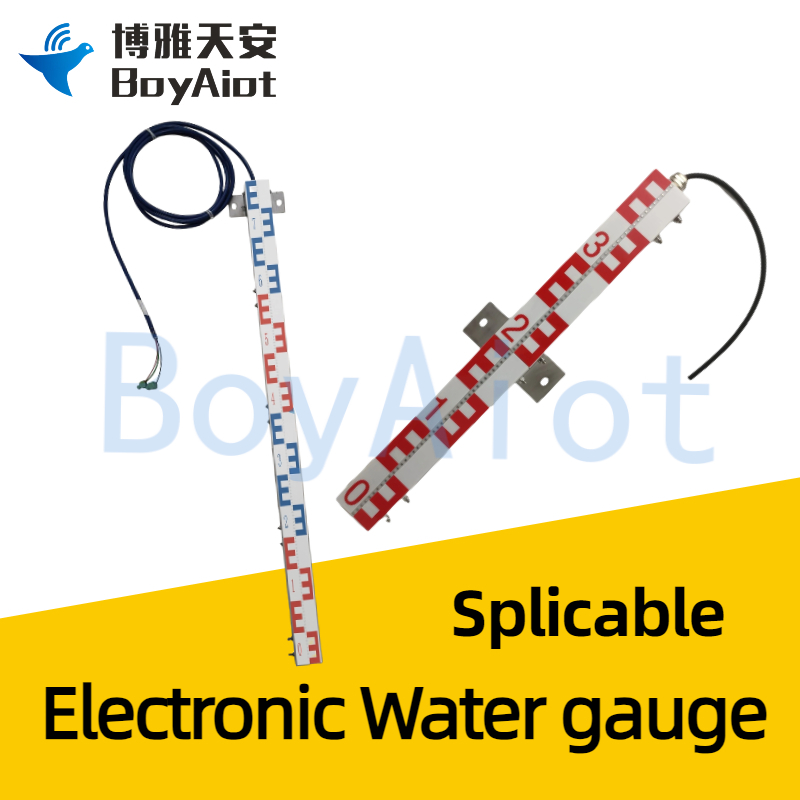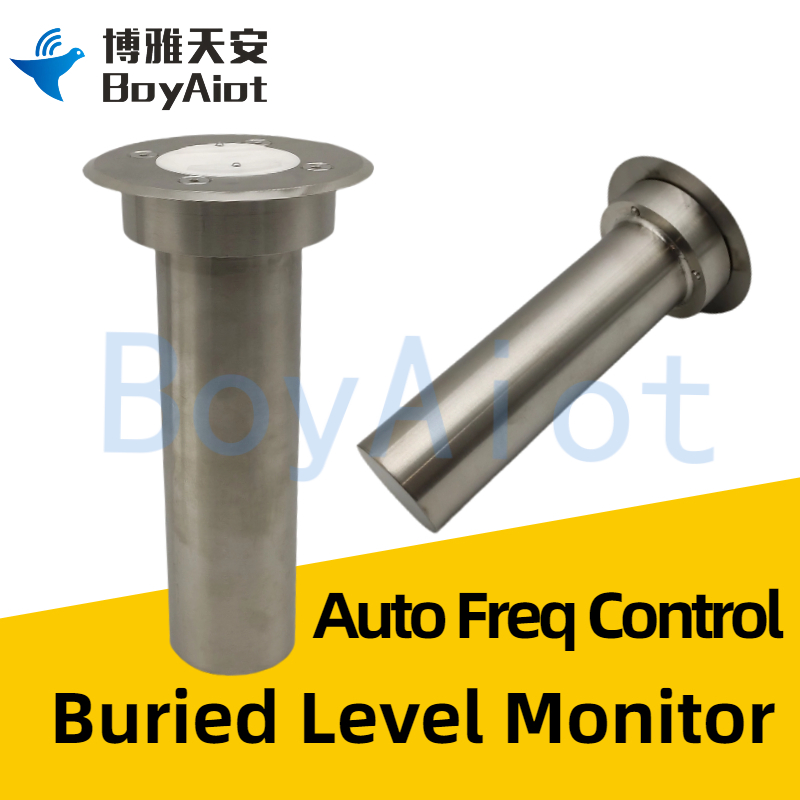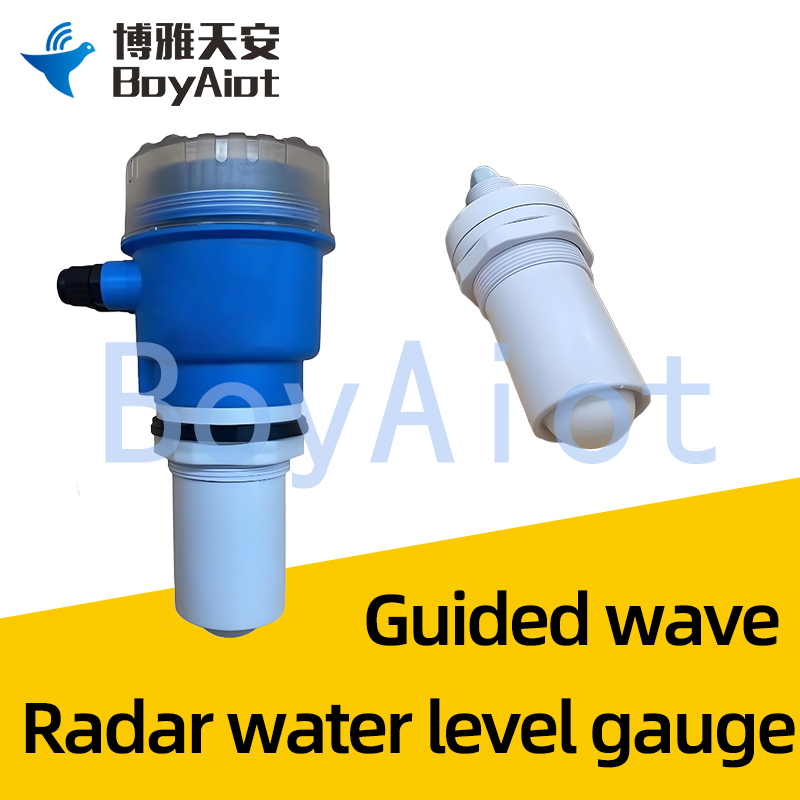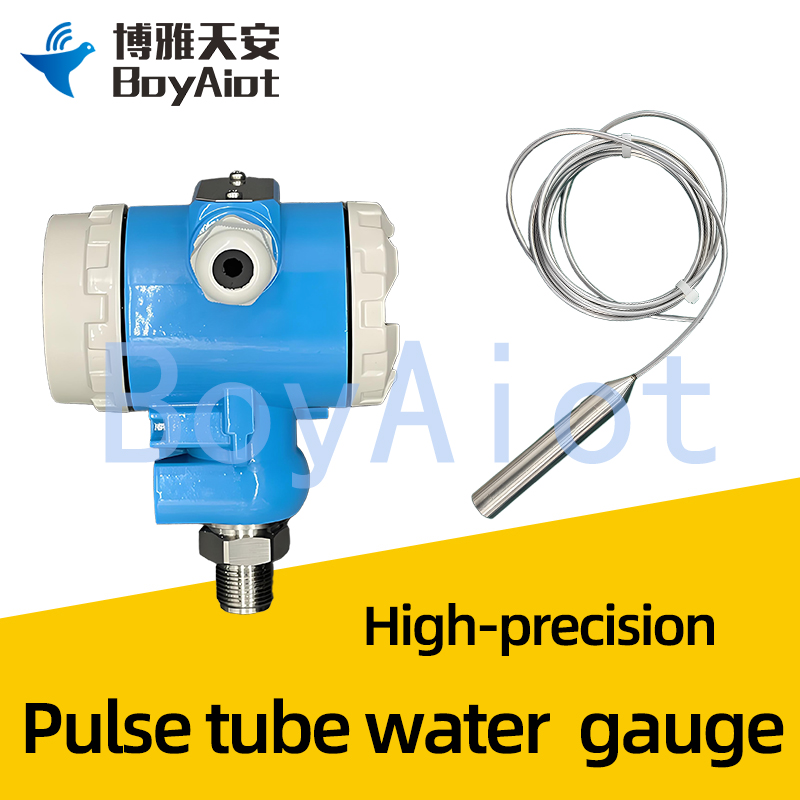BOY-GD01 Buried Vibrating Strain Gauges
Product features:
1. High measurement accuracy, millimeter-level accuracy measurement can be achieved
2. Riveting + laser welding, long-term stable and reliable data
3. 304 stainless steel shell, IP68 protection level, suitable for various harsh environments
4. Grounding double protective sleeve, twisted pair shielded polyurethane cable, anti-mechanical wear and anti-interference
▋ Product Description
BOY-GD01 Embedded Vibrating Wire Strain Gauge is a high-precision measuring instrument used to measure the internal strain change of structural concrete, and the built-in temperature sensor can monitor the temperature at the measuring point at the same time. It is a vibrating wire sensor suitable for long-term and stable monitoring of geotechnical, hydraulic structures and structural safety monitoring projects. The equipment is mainly manufactured by imported high-resistance steel strings and self-developed manufacturing processes.
BOY-GD01 Embedded Vibrating Wire Strain Gauge is composed of the principle of vibrating wire, the vibrating wire sensor is composed of an elastic deformation shell under force, a steel string, a fixed end of the left and right (fixtures that fix both ends of the steel string), excitation (so that the steel string obtains a certain form and size of vibration, so as to monitor the frequency) and a receiving coil (the coil refers to the wire winding that is wound in a ring), etc., and the frequency of the vibrating wire is related to the size of the string tension (the force between the internal parts of the object such as the stretched steel string and rope). After the geometry of the vibrating wire (the structure and size of the product) is determined, the change in the vibration frequency of the vibrating wire can be used to characterize the strain magnitude after the deformation of the measured structure. With the company's collector and DTU, it can realize the intelligent reading, identification and diagnosis of parameters such as sensor model, electronic number, calibration coefficient and factory date
BOY-GD01 embedded vibrating wire strain gauge is mainly used for internal strain monitoring of concrete structures, which is buried in bridges, pile foundations, supports, tunnel linings, hydraulic buildings and other structures for a long time. The strain gauge adopts imported steel string, which has strong resistance; Riveting + laser welding, steel string fixing is more reliable; The shell is made of 304 stainless steel structure, grounding double protective sleeve, twisted pair shielded polyurethane cable, strong protection ability, with the ability to resist mechanical wear, anti-interference, and lightning strike.
|
|
|
High stability | 304 stainless steel aluminum alloy shell | Well tolerated |
Riveting + laser welding, long-term stable and reliable data | Crash-proof, impact-resistant, adaptable to harsh environments | Imported steel strings, strong material resistance |
|
|
|
Long standby | IP68 protection class | Millimeter measurement accuracy |
Low power consumption, continuous and stable operation | Strong environmental adaptability, not affected by corrosion and foam | Unaffected by changes in water vapor, temperature and pressure |
▋ Product Parameter
Measure the gauge length | 150mm |
measuring range | ±1500με |
accuracy | ±0.1%F.S |
Temperature range | -40~+80℃ |
temperature measurement accuracy | ±0.5℃ |
Electrical connections | Water engineering observation cable |
insulation resistance | ≥50MΩ |
working temperature | -40℃~80℃ |
Working humidity | 5%-95% |
Main material | 304 stainless steel |
Instrument length | 154mm |
levels of protection | IP68 |
▋ Application scenarios
BOY-GD01 Embedded Vibrating Wire Strain Gauge is mainly used in the concrete of reservoirs, dams, high-rise buildings, foundation pits, tunnels, bridges, slopes and other projects for strain monitoring, which can perceive the internal deformation of concrete in real time and provide high-precision strain data and monitoring services.
Q1: How does the installation method of the embedded vibrating wire strain gauge affect the measurement accuracy?
The installation method needs to be selected according to the characteristics of the medium to be measured, and the concrete structure needs to be embedded in the pouring layer to ensure synchronous deformation with the substrate. Asymmetrical installation or interface clearance can lead to distortion of stress transmission, and it is recommended to use special fixing fixtures to reduce human error
Q2: How is the temperature compensation mechanism implemented in the embedded vibrating wire strain gage?
The thermal strain caused by temperature change is separated from the total strain by a built-in temperature sensor and a dual-mode calibration algorithm, and the correction factor is typically 0.5-1.5με/°C. Some high-end models use self-compensating steel string materials to reduce the temperature drift rate
Q3: How to deal with the data anomaly in the nonlinear response area of the strain gage?
Within the ±1500με full-scale range, it is necessary to verify that the sensor linear interval is not exceeded. If the anomalous data is concentrated near the threshold, the segment calibration mode should be recalibrated or enabled. Synchronously check the cable impedance (recommended ≤50Ω/km) to rule out signal attenuation interference
Q4: What is the difference between the applicability of BOY-GD01 embedded vibrating wire strain gauge and BOY-GD02 surface vibrating wire strain gauge in concrete monitoring?
The embedded type captures the internal stress gradient and shrinkage creep effect, while the surface type reflects the surface strain and is susceptible to environmental disturbances. Concealed works, such as dam cores, must be buried to ensure data continuity.
Q5: How to verify the zero stability of the strain gauge in long-term monitoring?
It is recommended to perform a stress-free state benchmark once a year to compare the initial frequency values. The annual drift of qualified products should be <± 0.1%F.S, and the correction coefficient should be fitted by the least squares method when the deviation is out
Recommend
 Online Service
Online Service
























